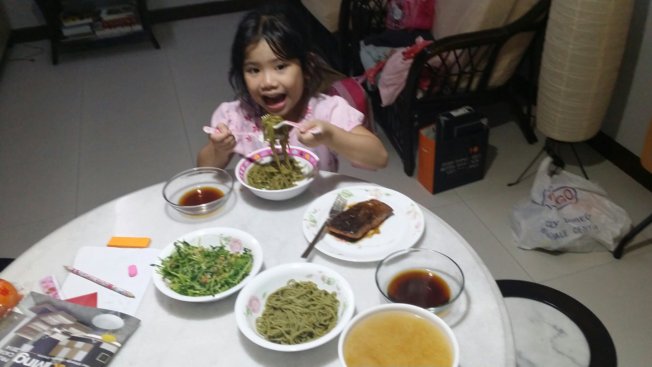I tried cooking oyakodon last night and was impressed by the tasty results from such simple ingredients. The recipe I tried was from justonecookbook but i think I would like to try this one next time instead, so I’m putting this here as a reference.
Ingredients
- 1/4cup (60ml) Dashi
- 1/2 Tbsp sugar
- 1/2 Tbsp Sake
- 1 Tbsp soy sauce
- 1/2 Tbsp Mirin
- 1/4 onion, thinly sliced
- 1 chicken thigh, cut into bite size pieces
- 1 egg
- 1/2 green onion, thinly sliced
- steamed rice
Instructions
- Add Dashi, sugar, Sake, soy sauce and Mirin in a pan. Heat until boiling.
- Add onion and cook for a minute at medium heat.
- Add chicken pieces to the pan and cook until the meat is cooked through.
- Beat egg in a small bowl and pour over the chicken and onion. Cover and cook for 30 seconds to 1 minute.
- Slide egg and chicken with sauce over rice in a bowl. Sprinkle with green onion.

